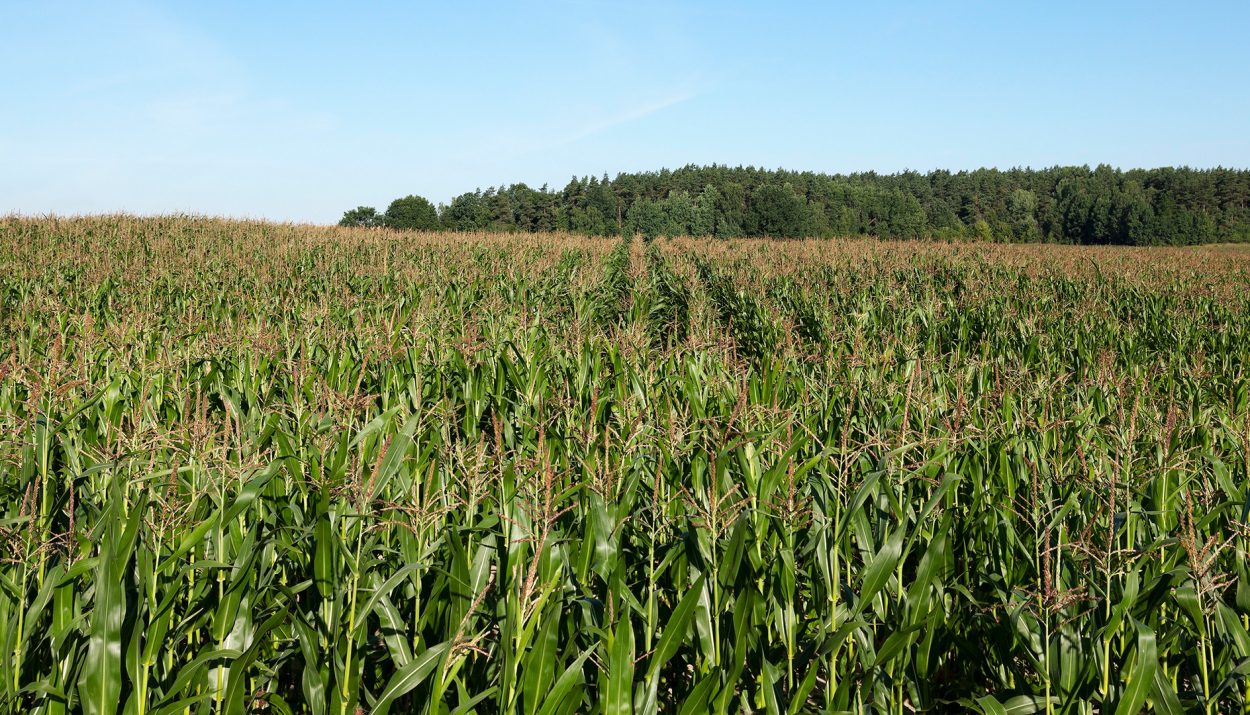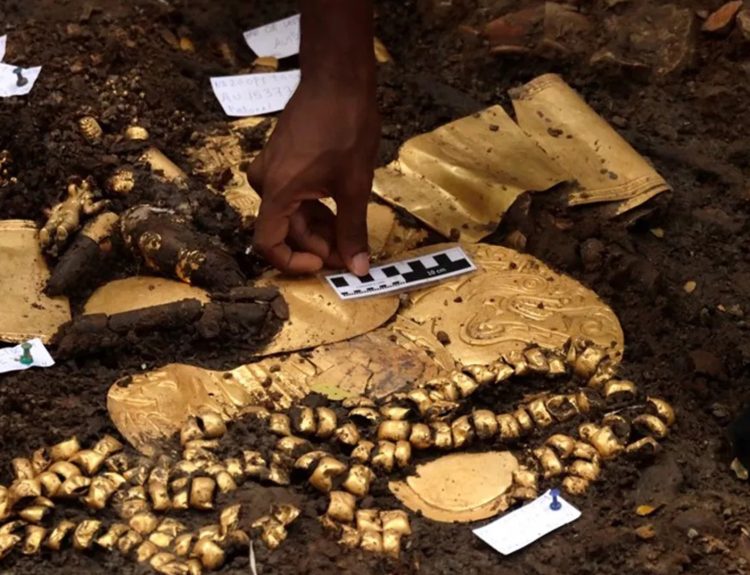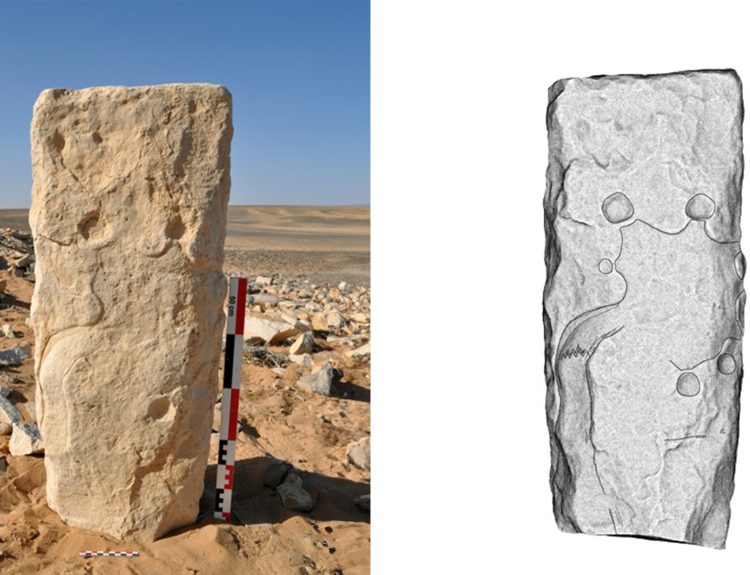The vast farmland of Kansas is known for its seas of corn, but it is what lies beneath the crops that boggles the mind. Would you believe that the fertile prairies of the state actually cover the wreckage of some 19th-century steamboats?
It may be hard to wrap your head around the idea of shipwrecks under the cornfields of Kansas, but that is the final resting place for some vessels that once sailed down the Missouri River. What could have happened to cause these ships to become buried under farmland? Let’s find out.
The Mighty Missouri
The Mississippi River gets all the glory, but in reality, the Missouri River is longer. It is, in fact, the longest American river. Its length is 2,540 miles, while the Mississippi River is 2,340 miles long.

While both the Missouri and Mississippi Rivers are mighty by American standards, they don’t come close to the lengths of the top three rivers in the world. The Nile is 4,132 miles long, the Amazon River is 4,000 miles long, and the Yangtze River is 3,915 miles long.
The Lifeline to the Western Frontier
The headwater of the Missouri River is high in the Rocky Mountains. From there, the river passed through seven U.S. states – Montana, North Dakota, South Dakota, Iowa, Nebraska, Missouri, and Kansas. The Missouri River meets the Mississippi River in Missouri, at the present-day city of St. Louis.
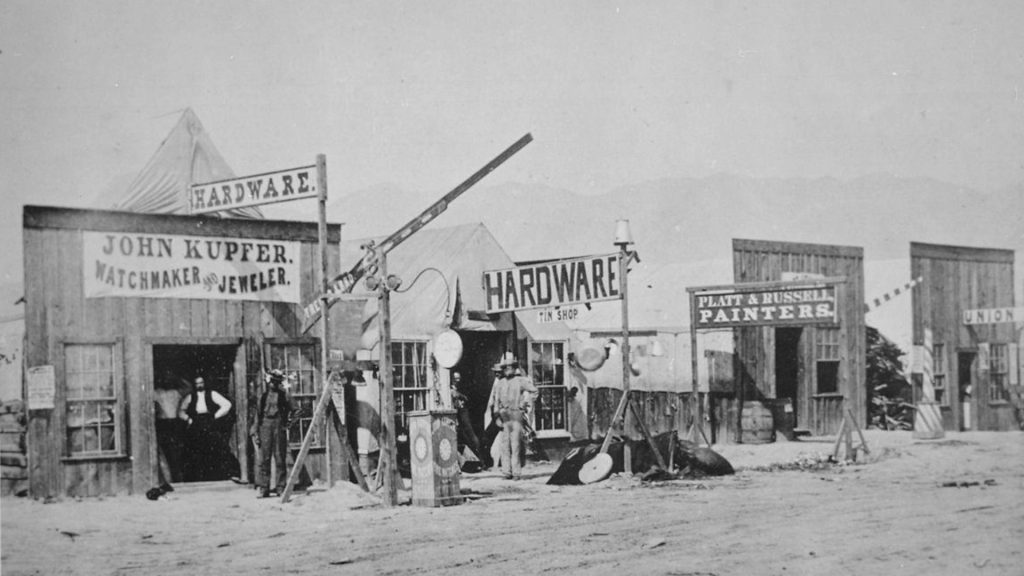
During the 1700s and 1800s, when the American west was being explored and settled, the Missouri River was a vital lifeline into the frontier. Goods, supplies, and people were transported to various points in the west aboard ships sailing on the Missouri River.
A Treacherous Waterway
Steamboats were a frequent sight on the Missouri River in the mid-1800s. Thanks to these ships, the United States was able to expand into the Midwest and West. But it wasn’t all smooth sailing.

The Missouri River can be dangerous to navigate. The waterway has been described as “treacherous” and “unpredictable”. Nearly 400 steamboats sank in the Missouri River during the 1800s.
The Story of the Great White Arabia
The Great White Arabia was a steamboat built in 1853. It was 171 feet long and could carry a cargo of 222 tons. It was called a “workhorse” of the Missouri River, frequently transporting passengers, federal mail, tools, and supplies to frontier towns.
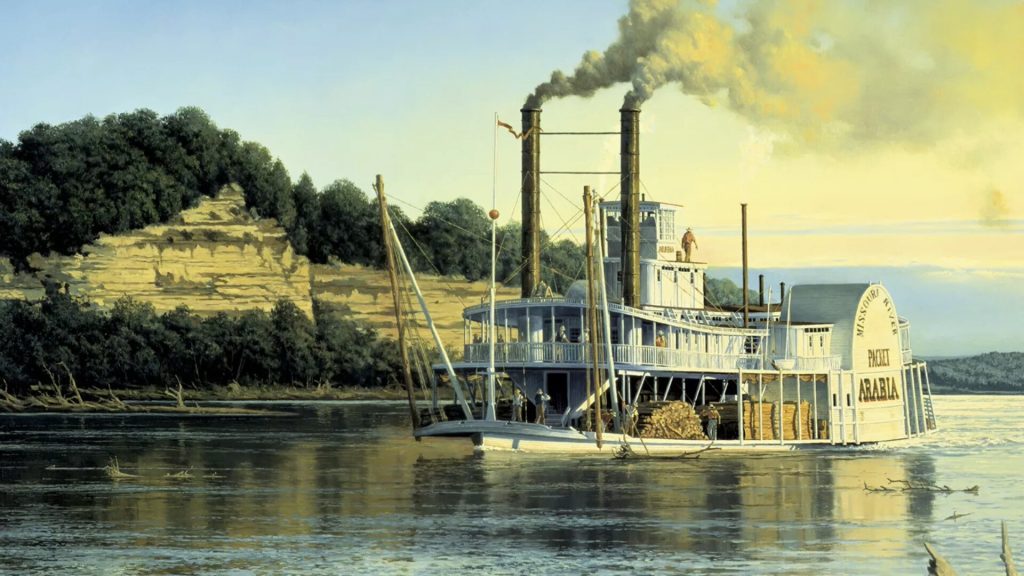
Although the captain of the Great White Arabia had sailed on the Missouri River numerous times, the ever-present dangers of the river were still present, ready to claim unsuspecting vessels. Just three years after its maiden voyage, the Great White Arabia fell victim to the river.
The Steamboat Went Down
On September 5, 1856, the Great White Arabia was not far from Kansas City when it struck a log that was out-of-sight just below the surface of the Missouri River. The log pierced a hole in the hull of the steamboat and the vessel quickly took on water.

The Great White Arabia sank quickly, disappearing in mere minutes. It took its cargo of hardware, tools, food, and farming equipment with it to the bottom of the Missouri River, but fortunately, all 150 people on board – passengers and crew – survived.
The Changing Course of the River
Rivers, as we know, often change their courses, depending on the geography of the surrounding land. In the case of the Missouri River, this process got a little help from humans.

Toward the closing decades of the 19th century, the U.S. Army Corps of Engineers decided to tackle the problem of the treacherous Missouri River. They undertook a series of massive engineering projects intended to tame the dangerous waterway.
Diverting the River
The Army Corps of Engineers altered the course of the Missouri River, diverting it from its original path to make it easier, quicker, and safer for cargo ships traveling on the waterway. In some parts, they designed ways for the current to flow faster so steamboats could reach their destinations faster.
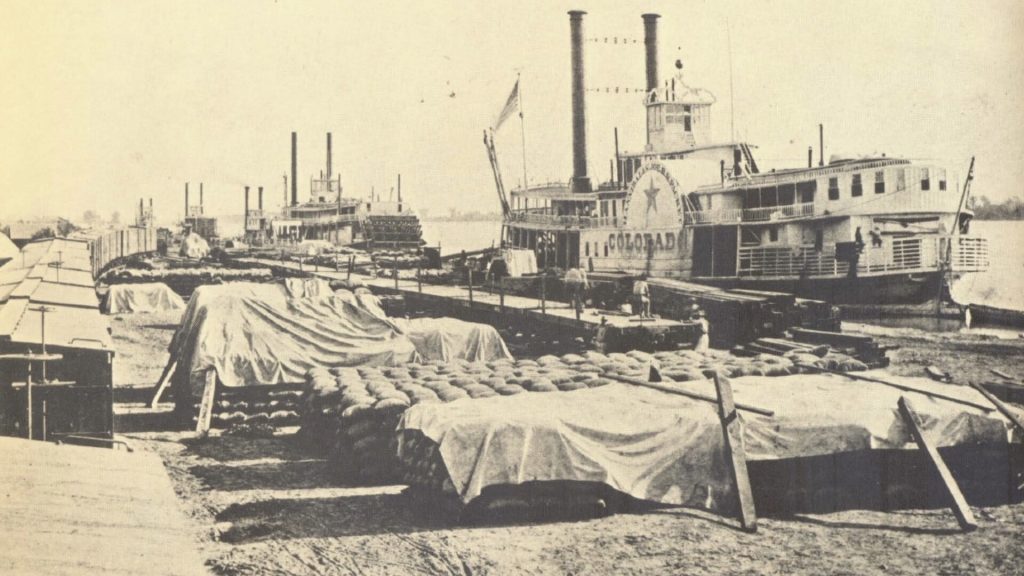
In doing all this, the Army Corps of Engineers left portions of the river’s original course high and dry. That included the wrecks of the ships that went down in these areas. In most cases, the wrecks were already covered by a layer of river sediment when the water was diverted away. People had no idea there were shipwrecks buried there.
Fertile Farmland
The fertile sediments put down by the river made the land left dry by the changing course of the Missouri River prime farmland. Agriculture is big business in Kansas. The terrain is mostly flat, and few trees grew in the prairie grasslands.

Ranchers graze cattle on the grasslands while farmers raise wheat, corn, and soybeans on the fertile farmlands of the state. Large commercial farms operate in the state, so it is not uncommon to see cornfields as far as the eye can see.
Rumors of Buried Treasure
There has been a longtime local rumor in Kansas City about a pre-Civil War steamboat filled with gold and Kentucky bourbon that was buried somewhere in the area. For most people, these stories were nothing more than urban legends. Others, however, wondered if there could be a grain of truth to these rumors.
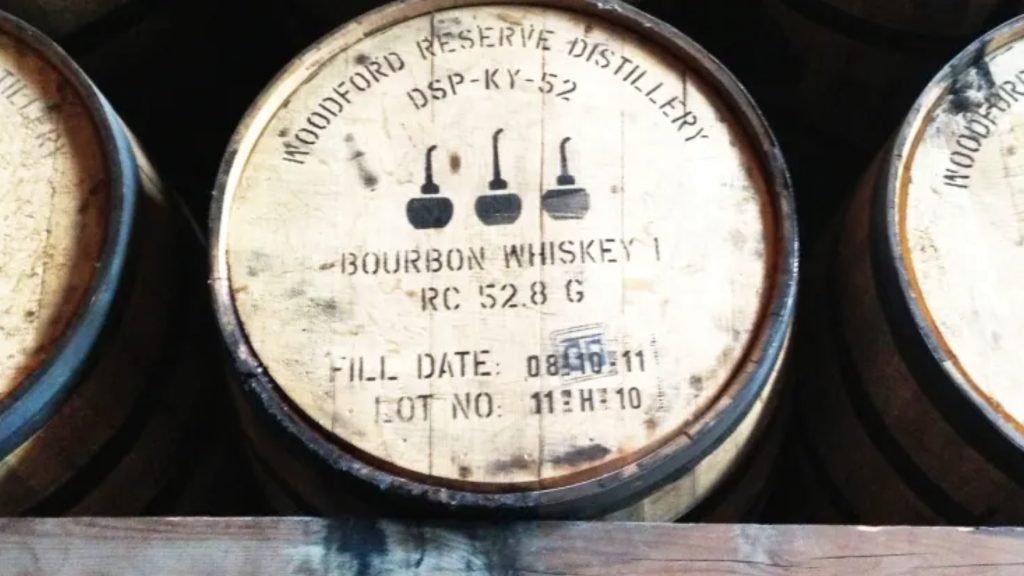
If the people of Kansas City were referring to the Great White Arabia’s sinking, the rumors had been exaggerated. The ship did not have gold or barrels of Kentucky bourbon in its cargo hold when it sank.
Rediscovering the Arabia
A local resident, Bob Hawley, was an amateur historian when he wasn’t running his heating and air conditioning repair company. In 1988, his research into local history led him to the story of the Great White Arabia.
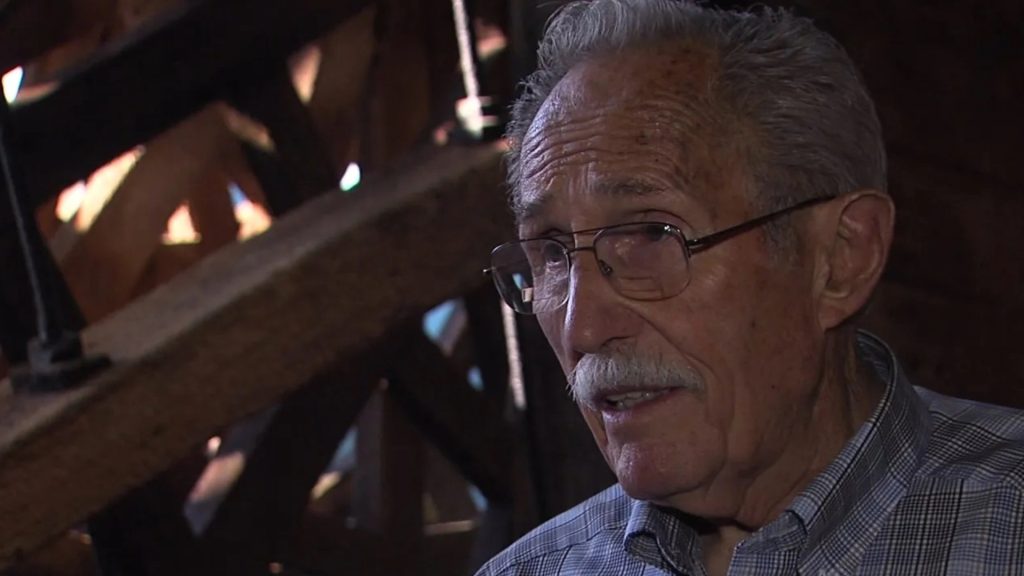
Hawley, along with his sons, David and Greg, combed through archival information. From this, they were able to determine where the Great White Arabia went down … a location that was a half-mile away from the Missouri River’s current path.
Recruiting Help
Hawley recruited the help of a buddy, one of his longtime friends Jerry Mackey, to assist him in finding the Great White Arabia. Soon, they added another member to their team … David Luttrell, the owner of a construction company. With Hawley and his sons, this made a team of five.
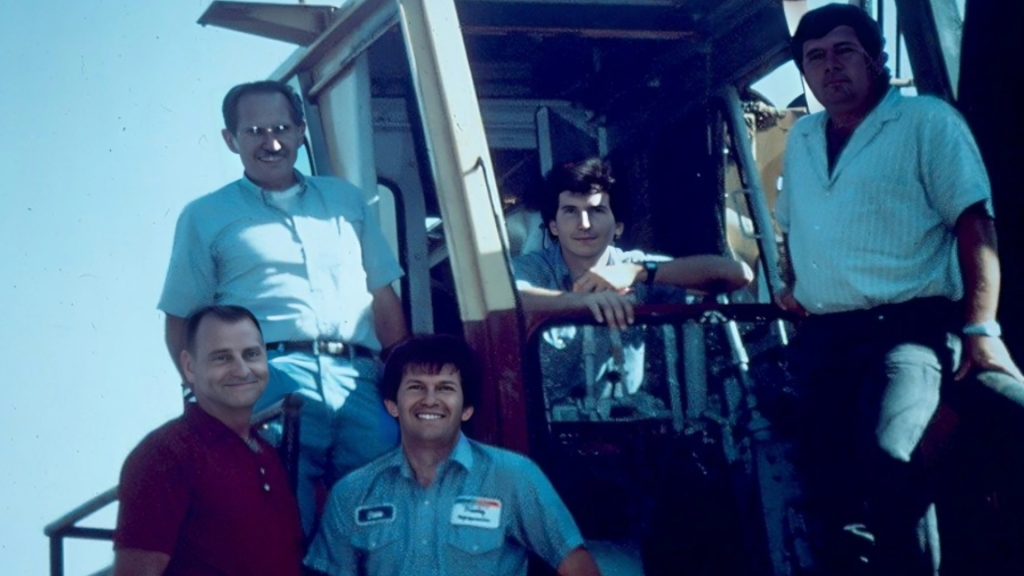
The final resting place of the Great White Arabia was buried beneath a cornfield some 45 feet underground. Hawley and his crew spent four and a half months excavating the site. What they found was not gold and bourbon, but something just as incredible.
The Largest Collection of Pre-Civil War Artifacts
Hawley and his team’s hard work paid off. They uncovered what would turn out to be the largest collection of pre-Civil War artifacts in the world. It was like they opened a time capsule to life in the mid-1800s that had been hidden under the soil.
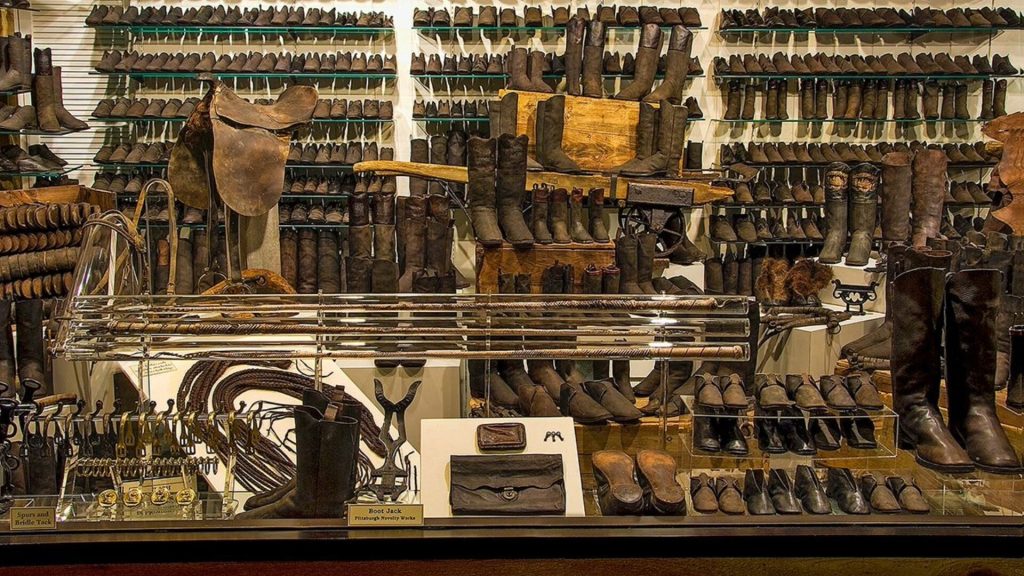
The cargo of the Great White Arabia included beautifully made glass jars holding pickles, preserved fruit, and condiments. Many of the jars were unbroken and their contents were still edible. They also found cloth, tools, weaponry, buttons, and even a few bottles of champagne.
The Arabia Wasn’t Alone
The Great White Arabia wasn’t the only century-old steamboat to be found beneath a Kansas cornfield. The Malta, another cargo vessel sailing on the Missouri River, sank in August 1841. Like the Arabia, there were no casualties in this shipwreck, but the cargo was lost.

When it went down, the Malta was carrying a load of goods for the American Fur Company. The items were to be traded to Native Americans in exchange for furs. En route to Independence, Missouri, the ship sank near a place now called Malta Bend, Missouri.
The Malta Was Found by the Same Team
Bob Hawley’s son David teamed up with Jerry Mackey and David Luttrell once again to search for the Malta in the 2010s. David Hawley, using a metal detector and a GPS, finally located the Malta in a farm field belonging to Jim Backes in 2016.
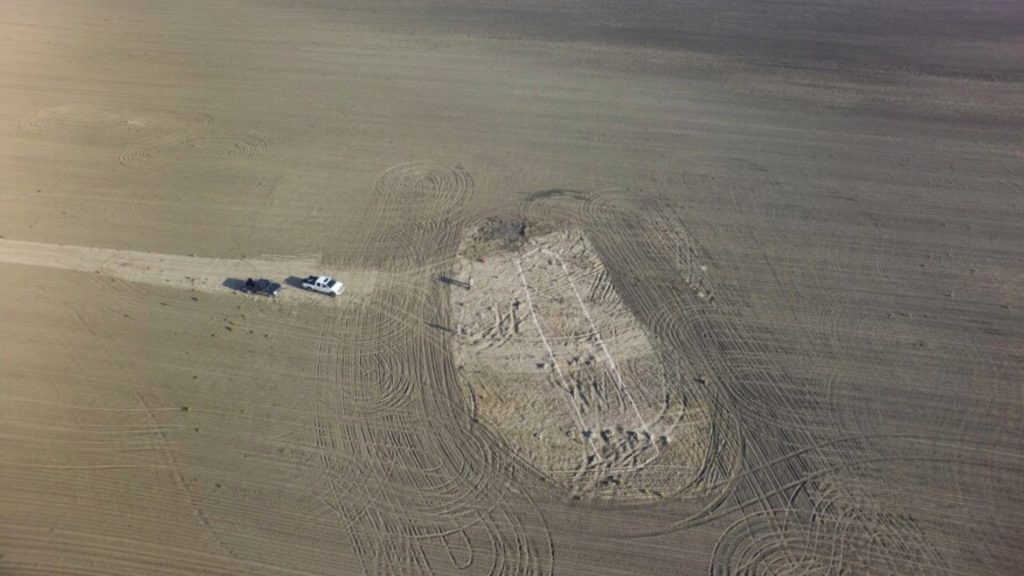
With Backes’ permission, he sent a large drill 37 feet under the field and pulled up a core sample. In that one sample, Hawley found 150 gold buttons, pieces of ceramics, an iron hook, and cloth. “It’s a boat and it’s full of stuff,” he exclaimed.
The Arabia Steamboat Museum
The artifacts found on the Great White Arabia can be seen at the Arabia Steamboat Museum in Kansas City. Not only does this museum house the artifacts found on the sunken and buried steamboat, but it offers visitors a glimpse of the past.
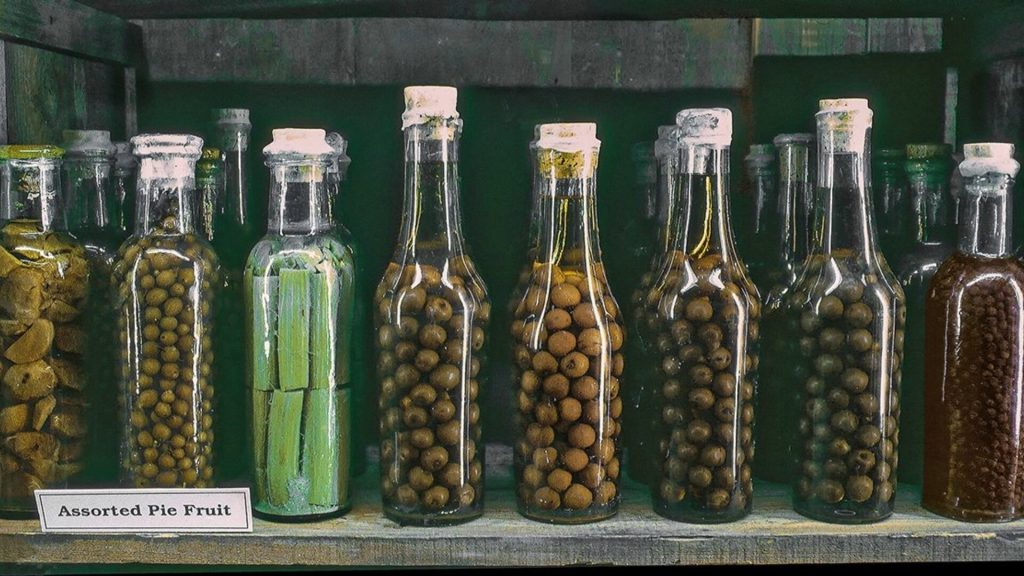
The museum pays homage to the realities of the Westward Expansion, the importance of the Missouri River, and the use of steam-powered cargo ships in the pre-Civil War era. And it is home to the oldest preserved pickles in the world!
Bringing Local History to Life
The items found amid the wreckage of the Great White Arabia are tangible artifacts that were on the shelves of every frontier store. They serve to educate the public about life on the Western frontier.
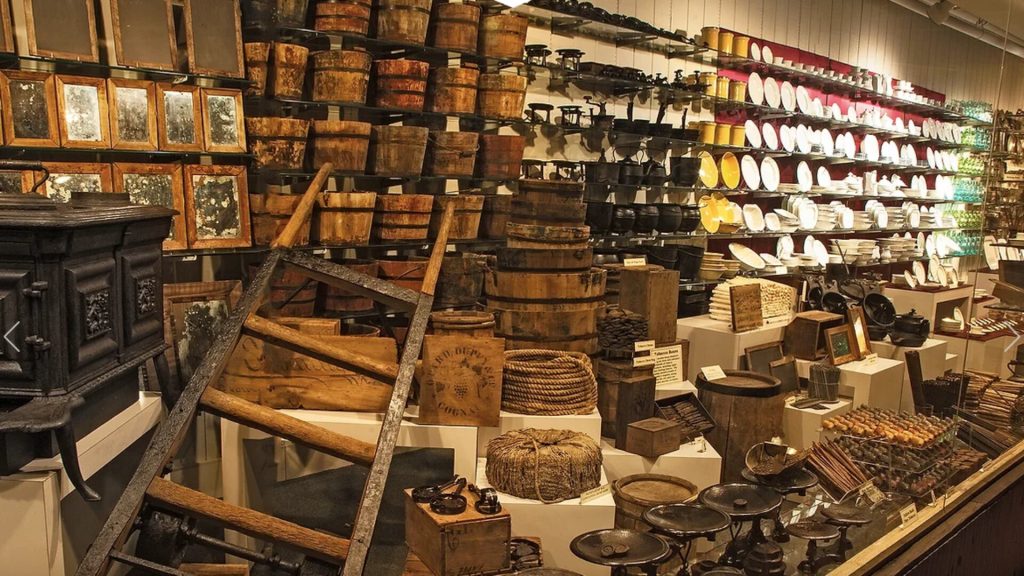
Additionally, the story of the rediscovery of both the Great White Arabia and the Malta are intriguing tales of hunting for lost treasure of the past. They spark the imagination of children and adults who long to discover an important relic of the past.

